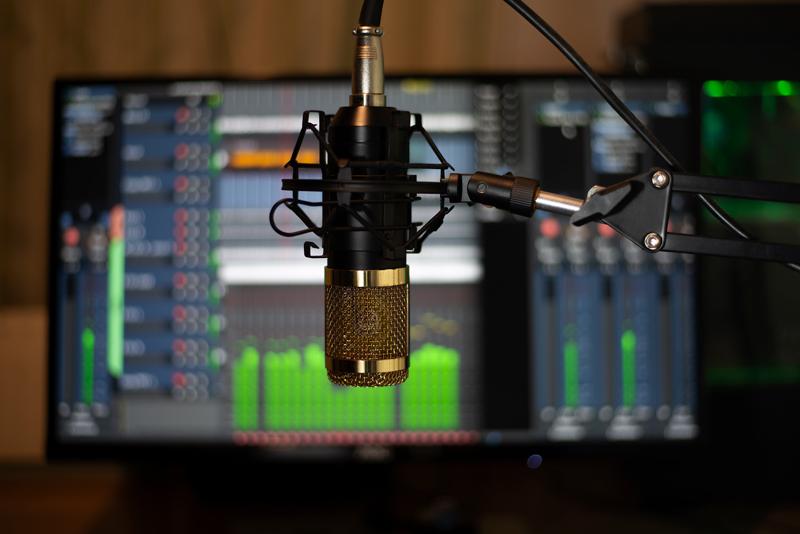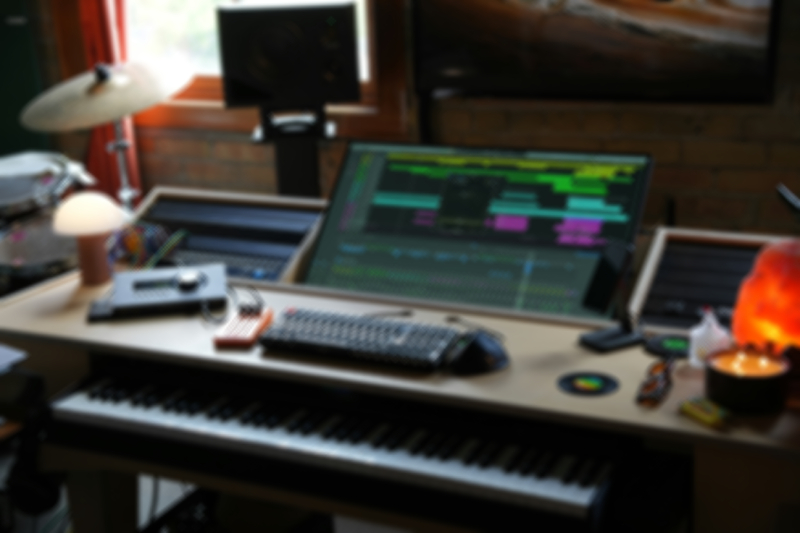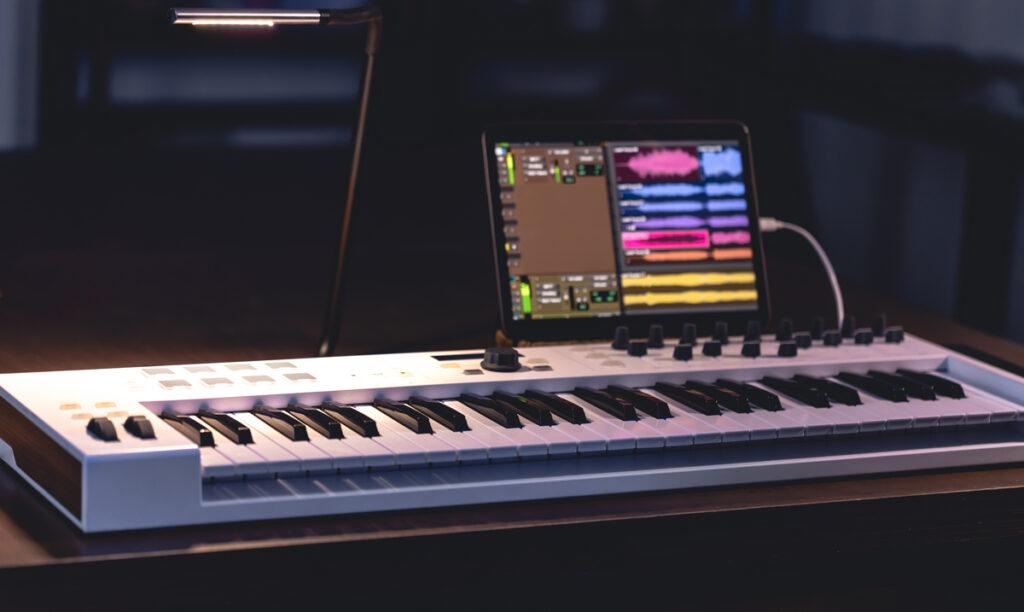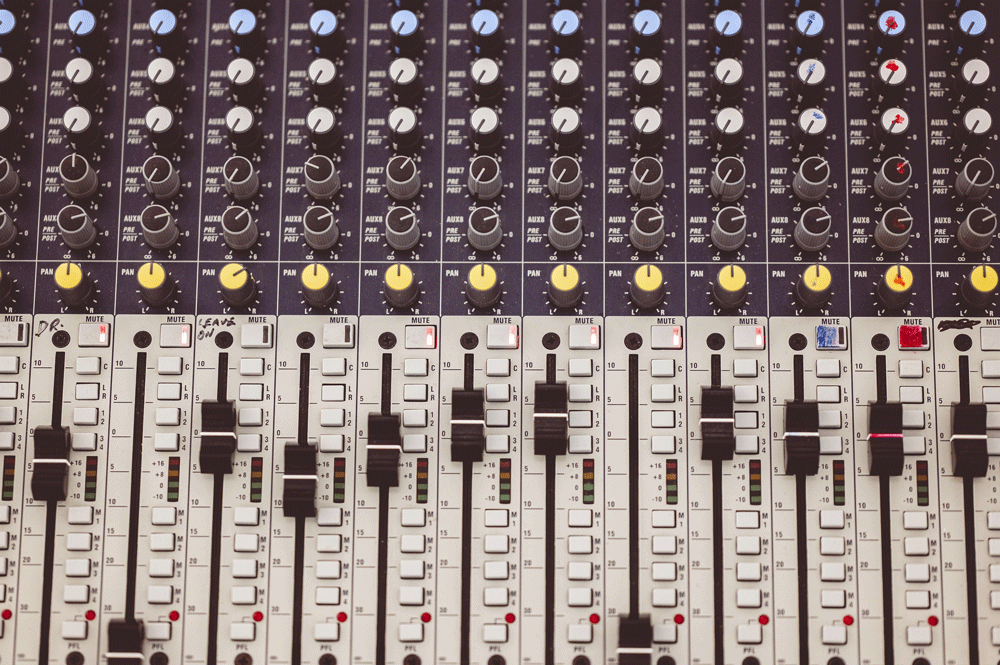Do you want to learn how to mix a vocal like the a pro? If so, then this article with vocal mixing tips is for you! We will provide an overview of how a vocal mixing technique works, how to use EQs and compressors effectively on your mixes, how to create a full-bandwidth mix with depth and clarity using panning, and how to use other tools for mixing your audio.
5 TOOLS FOR MIXING VOCALS:
#01: Equalization (EQ)
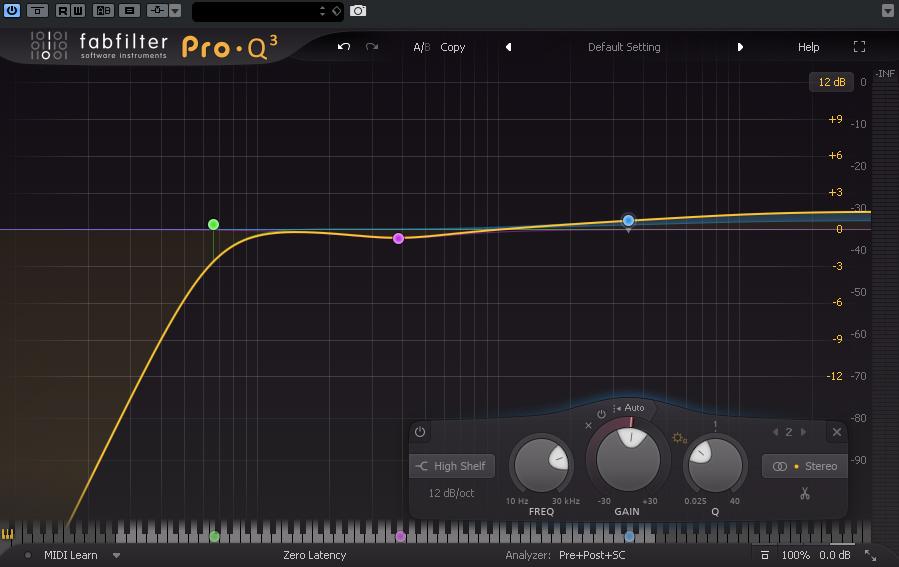 One of the most important steps in voice mixing is equalization. You will want to make sure that you carve out enough space in the frequency spectrum for your vocals. Also, it can help to emphasize your vocal performance by boosting or attenuating some frequencies.
One of the most important steps in voice mixing is equalization. You will want to make sure that you carve out enough space in the frequency spectrum for your vocals. Also, it can help to emphasize your vocal performance by boosting or attenuating some frequencies.
#02: Compression
Compression is another important tool for mixing and mastering vocals. How to mix vocals using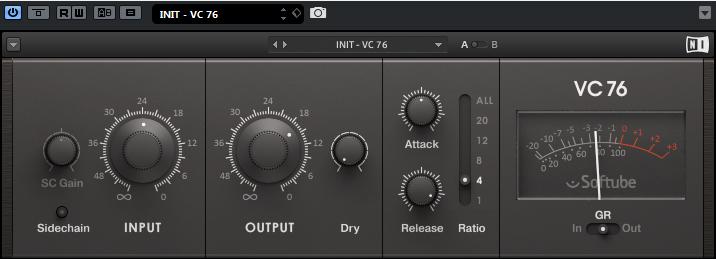 compression? It can be used to even out the dynamics of a vocal track, make it louder without clipping, and add punch and clarity. A compressor works by reducing the dynamic range of a signal. This means that it will reduce the difference between the loudest and softest parts of a signal. This can be helpful in achieving a more consistent sound level from your vocal tracks, particularly if they have a wide dynamic range. It’s also useful for making the vocals sound louder without distorting or clipping them.
compression? It can be used to even out the dynamics of a vocal track, make it louder without clipping, and add punch and clarity. A compressor works by reducing the dynamic range of a signal. This means that it will reduce the difference between the loudest and softest parts of a signal. This can be helpful in achieving a more consistent sound level from your vocal tracks, particularly if they have a wide dynamic range. It’s also useful for making the vocals sound louder without distorting or clipping them.
#03: Panning
Panning refers to how far left or right a track is placed in the stereo spectrum of your mix. Experiment with panning different elements within your mix at varying distances from the center. This will bring to the mix more depth and clarity while separating instruments in space.

 #04: Reverb and Delay Effects
#04: Reverb and Delay Effects
Reverb is an effect that simulates the sound of a signal reflecting off of surfaces in a physical space. Delay is an effect that creates repeats or echoes of a signal. Both effects can be used to add depth and spaciousness to your vocal mix.
#05: Reference track.
There’s no point in talking about how good your mix sounds if it doesn’t fit with what other people are producing or playing on their speakers/headphones. It’s always a good idea to use a reference track (or tracks) when mixing vocals. A reference track is a song that you like the sound of and that you want your mix to follow as closely as possible. By listening to your vocal mix alongside the reference track, you can see how to mix a vocal in your song. While mixing, make sure that both your vocal and the reference vocal sound are similar in terms of frequency balance, dynamics, and overall tone.
This is especially helpful if you’re not quite sure how to mix a vocal and get it sound the way you want. Reference tracks can be extremely helpful in giving you some direction and inspiration.
Want a free test mix of your track?
We get it.
That’s why we’ll do a full hybrid (analog + digital) mix of your song —
for free.
No upfront payment. No risk.
You only pay if you’re blown away. And if you are, we’ll slash 40% off the final price.
Nobody else in mixing and mastering offers this.
Why?
Because most studios say yes to every project. We don’t. We only mix what we’re excited about — so send us your best track. If we like it, we’ll mix it like it’s going to the Grammys.
👉 Just drop your name and email to get started.
VOCAL MIXING TECHNIQUES AND TIPS
Now we will explain how to use these tools in order to achieve the best sound for your vocals.
1. Use equalizer gently and for a purpose

First of all, you need to figure out what you want your vocal track to sound like. Equalization should always have its purpose. Determine, what kind of sound you have and what you want to receive in the end. So, how to mix a vocal using EQ? For example, your track is pretty dark and your reference is bright. In this case, just boost your high frequencies or attenuate some low-mid frequencies. Don’t use an equalizer just for fun or just to make things different. You need use EQ gently and for a purpose. You can find out tons of “starting points” or templates for vocal tracks, but they might not work for you due to differences in recording quality, microphone, voice timbre, key, ambiance, etc. Just use a reference track, your ears, and sometimes a frequency analyzer. And finally, use the minimum amount of EQ bands. 4-5 bands are enough for making sound perfect. MIxing consoles usually have 2-4 bands and still mixes sound really good.
2. Look for 5-15 dB of Gain Reduction while Compressing Audio
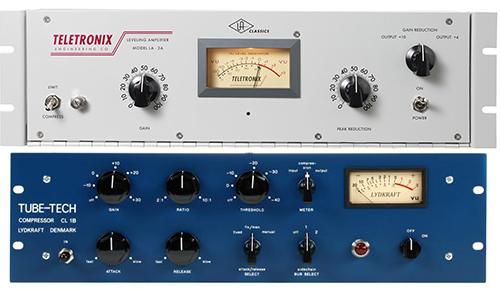 The main purpose of compression is not only how loud your vocals are, but also how consistent their volume is. Compressors can make vocal sounds upfront in a mix and add some clarity. Make sure you don’t compress too much and try different settings until you get exactly what you want. For pop music 5-15 dB of gain reduction is enough. Attack and Release may vary from song to song, but a good starting point is 15 ms for Attack and 100 ms for Release. Also, in some cases, you can try to use multiband compression. It allows you to compress different frequency ranges differently and can be helpful for removing some pops or frequency spikes.
The main purpose of compression is not only how loud your vocals are, but also how consistent their volume is. Compressors can make vocal sounds upfront in a mix and add some clarity. Make sure you don’t compress too much and try different settings until you get exactly what you want. For pop music 5-15 dB of gain reduction is enough. Attack and Release may vary from song to song, but a good starting point is 15 ms for Attack and 100 ms for Release. Also, in some cases, you can try to use multiband compression. It allows you to compress different frequency ranges differently and can be helpful for removing some pops or frequency spikes.
3. Always keep Lead Vocals in Center and Backing Vocals in Left-Right
As we said before, panning is an effect that moves a track left or right in the stereo spectrum. You should experiment with how far to the left or right you want your vocal tracks to be. For example, if you have a lead vocal and a backup vocal, try panning them at different distances from the center of the mix. Usually, it’s a great idea to place Lead vocals in the center and pan all backing vocals 100% left and right. But you need to record a double-track for each backing vocal track.
4. Be careful with Reverb and Delay
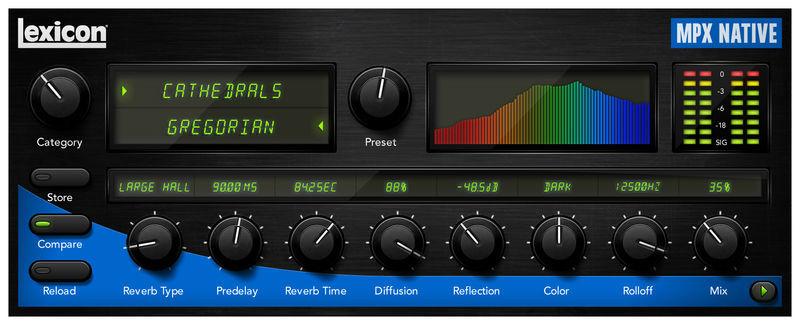 Reverb and delay are two of the most commonly used effects for vocals. Reverb can be used to add depth and spaciousness, while delay can be used to create repeats or echoes of a signal. Both effects can be used to help make a vocal mix sound more polished and professional. Let’s see how to mix a vocal using these plugins.
Reverb and delay are two of the most commonly used effects for vocals. Reverb can be used to add depth and spaciousness, while delay can be used to create repeats or echoes of a signal. Both effects can be used to help make a vocal mix sound more polished and professional. Let’s see how to mix a vocal using these plugins.
When using reverb or delay on vocals, it’s important to be careful not to overdo it. Too much delay or reverb can make a vocal mix sound muddy and washed out. To see how to mix voice using them, try experimenting with different amounts of each effect until you find what sounds best. You also can use equalizer to clean some frequencies out of reverb or delay but in my opinion, it’s always better to find the perfect preset for your vocal without EQ.
5. Always use reference tracks to help guide your decisions for mixing and mastering
Try to find a great track with a sound similar to what you’re looking for. Always use the latest music and choose different types of mixes made by different mixing engineers.
By following these mixing vocals tips and practicing, you’ll learn how to professionally mix and master vocals for any genre: rap, hip-hop, pop, and others.
Check out our best mixing and mastering service and use our studio services for your songs. Our team of professional engineers will take your records and musical career to the next level!
Thank you for reading our guide on how to mix and master vocals.
Have a nice day! 🙂






